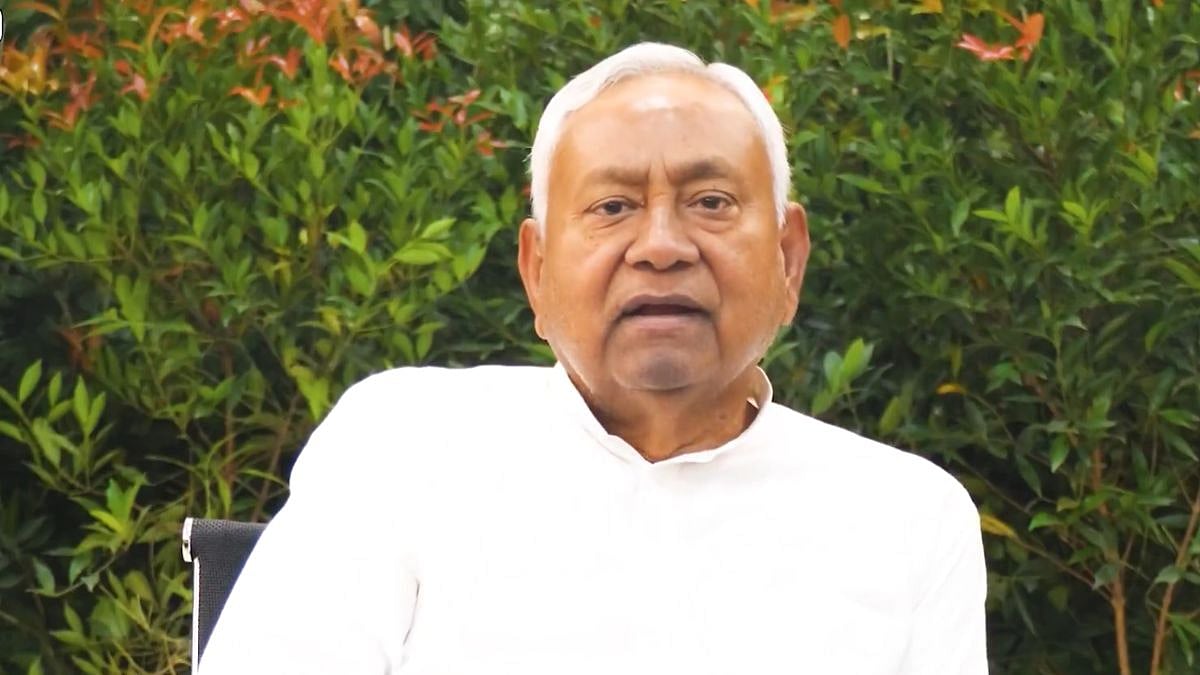As heavy rains wreak havoc across various parts of India, including Kerala, Himachal Pradesh and Delhi, questions have emerged regarding the efficacy and communication of weather warnings issued by the Indian Meteorological Department (IMD). Recent events have highlighted the challenges faced by both the public and authorities in interpreting these alerts, raising concerns about preparedness and response.
On July 29, the IMD issued an orange alert for Kerala, anticipating significant rainfall. This followed a series of weather warnings, including red alerts, that were issued in various regions throughout July. Despite these alerts, the anticipated deluge did not always materialize, leading to confusion and criticism. In Mumbai, for instance, schools were closed following a two-day red alert, only for the anticipated rain to fail to appear, causing frustration among parents who felt that the precautionary holidays were unnecessary.
The confusion surrounding these warnings underscores a broader issue: how should the public and authorities understand and respond to the IMD's color-coded alert system? Dr. Mrityunjay Mohapatra, Director General of the IMD, addressed these concerns at a recent press conference, emphasizing that the issuance of an orange alert necessitates a state of preparedness. However, the unpredictability of weather events, coupled with the complexities of meteorological forecasting, often results in a mismatch between the warning and the actual weather.
The alert system, which uses colors to indicate varying levels of risk, aims to inform and prepare the public and authorities. A red alert, the highest level, signifies extreme weather conditions, warranting immediate action. An orange alert, one step down, indicates a high likelihood of severe weather, urging preparedness. Yet, the lack of clarity in what these alerts specifically entail has led to misinterpretation. For instance, an orange alert might prompt questions about whether continuous evacuation is necessary, particularly in vulnerable areas.
.jpg)
Adding to the challenge is the timing and dissemination of these warnings. The IMD’s alerts are valid until 8:30 AM the following day, which can create confusion when the weather does not align with expectations, especially when the forecasted period extends beyond a single day. Moreover, there is criticism regarding the efficiency of the communication channels. Municipal corporations and the general public often receive these warnings belatedly, partly due to a reliance on websites that are not frequently visited by the masses. The delay in 'nowcast' alerts—short-term forecasts issued for specific locations—reaching the media exacerbates this issue, sometimes arriving half an hour late or more.
This situation calls for a reevaluation of how weather warnings are communicated and acted upon. While the IMD continues to improve its forecasting capabilities, the gap between scientific predictions and public understanding remains a critical issue. Municipal officials have suggested that a more robust and direct communication strategy is needed. This could include enhanced real-time dissemination through multiple channels, ensuring that both the authorities and the public are better informed and can act accordingly.
While the IMD’s alert system is a crucial tool for public safety, the recent instances of unexpected weather patterns following high-level warnings highlight the need for clearer communication and understanding. As India grapples with increasingly unpredictable weather due to climate change, it is imperative that both the forecasting and response mechanisms are refined. This includes educating the public on interpreting alerts and ensuring timely and accurate dissemination of information. Only then can the full potential of these warnings be realized, protecting lives and minimizing disruptions.








